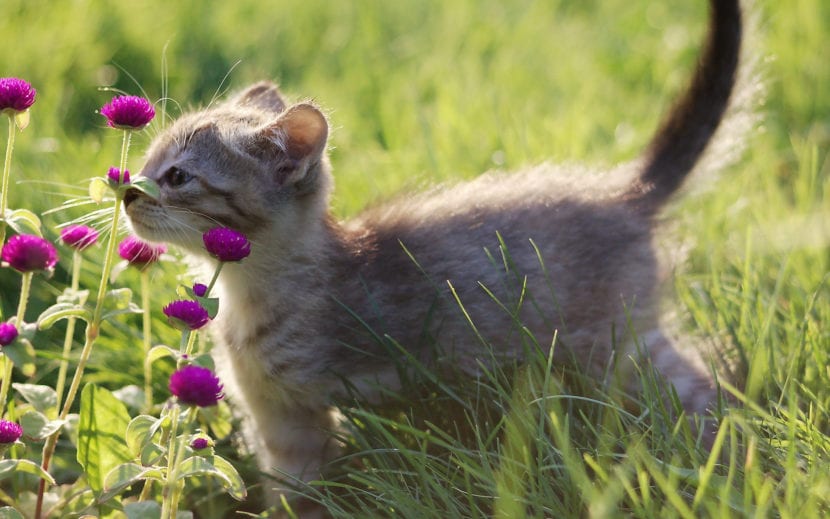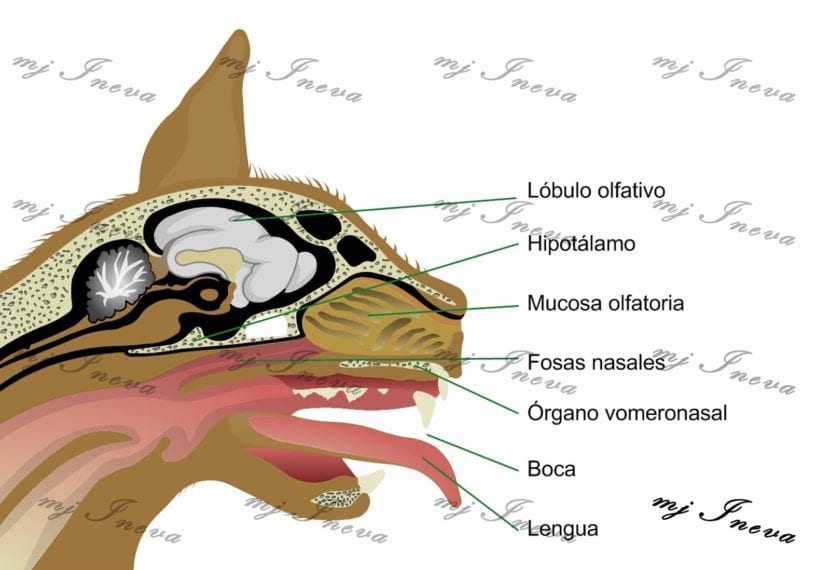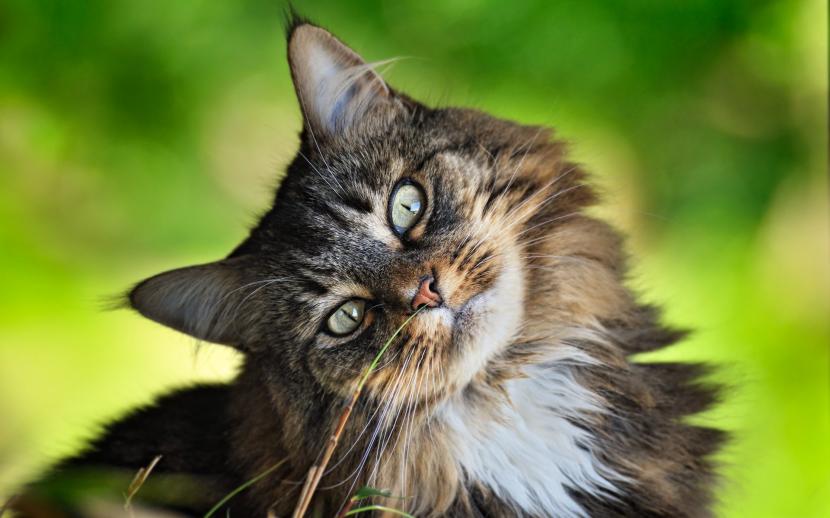
Cats have a much more developed sense of smell than humans. So much so that it could be said that they are like an extension of their eyes, because although with these they can see in low light situations, during the day they see the world blurred, as if someone had lost their glasses.
But that is not a problem for them, since they also have another tool that allows them to orient themselves, communicate and, ultimately, lead a normal life: it is the vomeronasal organ of cats, also known as the Jacobson's organ.
Where is it located?

Image - mJ Ineva
The vomeronasal organ is a sensory 'tool' that we find between the palate and the nostrils of some vertebrates including humans (although it is not yet well known if we use it). Composed of two bags with blind ends, the air passes through them towards the interior.
What use does it have?
The cats They use it mainly for hunting and when they are looking for a mate. In the first case, it is very useful for them to know where their possible prey is; and in the second, they can perceive the heat pheromones that other cats have left in different places, such as the trunk of a tree or a wall. You have more information on this topic here.
But in addition, they use it to analyze other types of odors, such as that of some foods for example, or that of bleach.
How It Works

Those of us who live with cats more than once will see that they open their mouth a little and inhale through the upper part, bringing their lips down, wrinkling their nose and raising their head. Well, this doll is known as the Flehmen reflex. For a few seconds, the path that the air normally follows is closed so that it is diverted towards the Jacobson's organ.
And, as soon as these furry dogs detect a strange smell, they retain their molecules thanks to the receptors on the tongue, and then these are directed towards the opening of the vomeronasal organ. From there, they will travel through neural pathways. But they will not be the same in all cases; in fact, if the smell has been perceived by smell, it will go to the cognitive areas of the brain; On the other hand, if it has been captured by the vomeronasal organ itself, it will go towards the hypothalamus and the amygdala.
If this has seemed interesting to you, you should know that these molecules or pheromones have a direct impact on the behavior of animals. For example, if they have smelled an intruder cat that has entered their territory, they will be very violent, marking with their claws and urine; and if they do meet, they will stare at each other and meow seriously and loudly trying to make either of them back off, but if that doesn't happen they will fight.
So now you know, if you ever see your cat making a strange face with his mouth and he is in good health, don't worry 🙂.